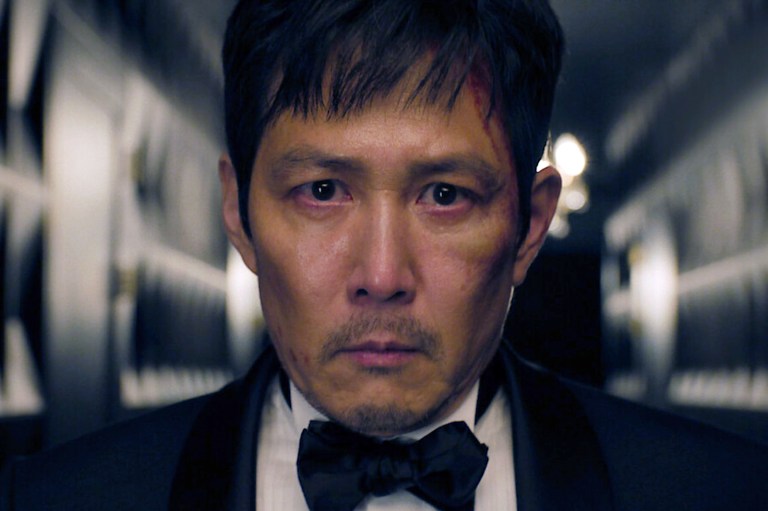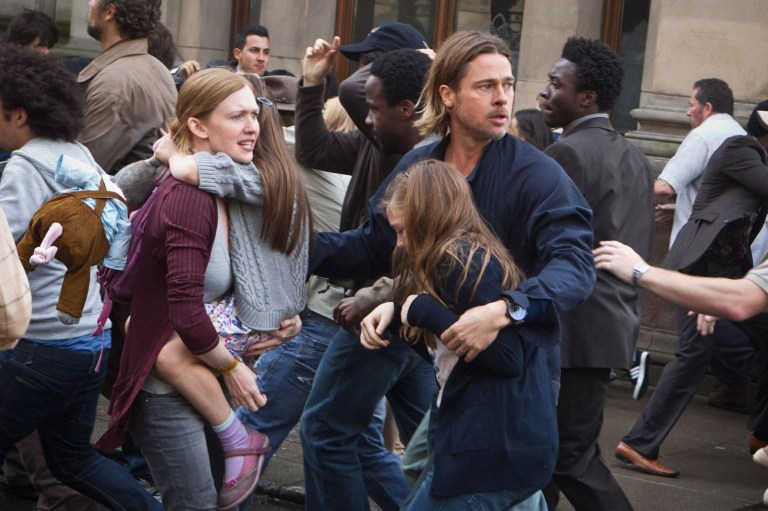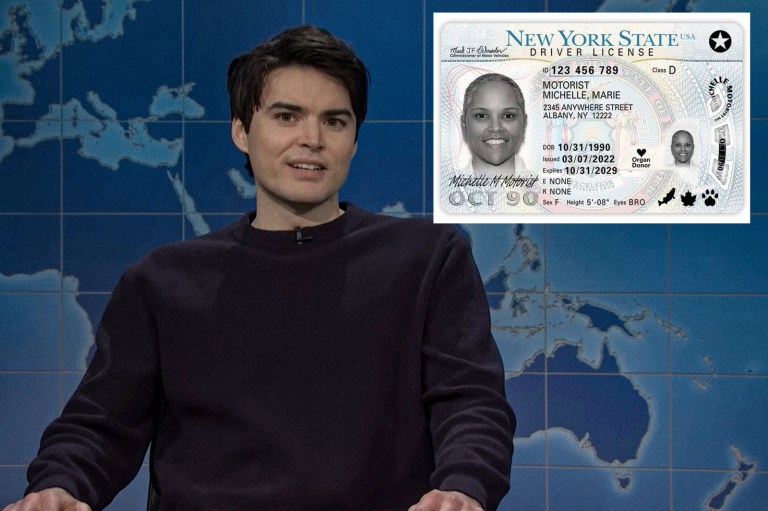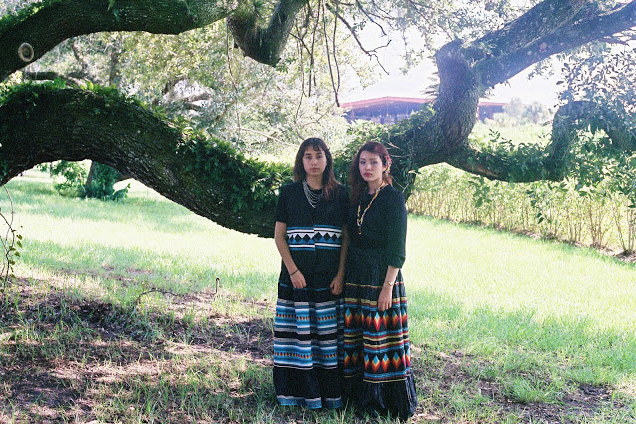
10 Things You Don’t Know About American Indians
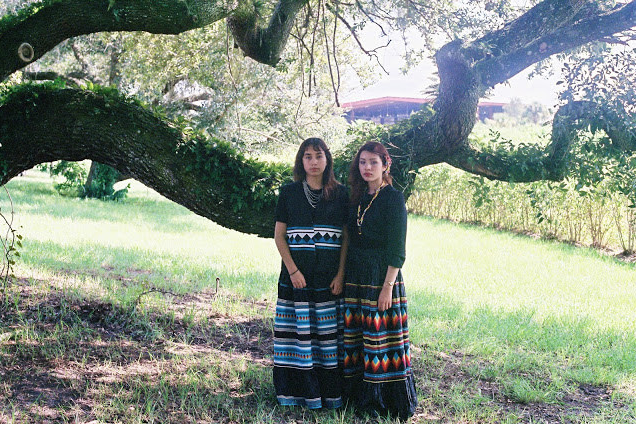
There are many misconceptions when it comes to modern American Indians and the way we identify ourselves in society. As a Seminole Indian woman, I’ve had my share of “rain dance” jokes and uncomfortable conversations.
These stereotypes stem from inaccurate portrayals in popular culture that were never properly challenged. They establish a limited perception. Movies, television shows, mascots. There’s poverty porn, media that sensationalizes marginalized communities with exploitative or voyeuristic motives. Even Disney perpetuates these problems.
But Native America is far more complex than what mainstream media and education depict. I can go on for pages about my tribe alone and its colorful history. Though I’m in no position to speak on behalf of all indigenous community, here are a few basics I think everyone should know.
1. We exist today and live contemporary lives.
Being type casted or dismissed is a problem American Indians face daily. Hearing, “Do you live in a teepee?” is like a rite of passage.
We are so marginalized that references to shaman, “Redskins,” and dream catchers are all that certain people think of when they hear “Native American.” We’re represented as artifacts in a museum, a few chapters in a history book. A group of people frozen in time. I’ve had experiences with people who didn’t even know American Indians were still alive!
So I’m here to say yes, we do exist today. We drive cars, tweet about Game of Thrones, listen to Beyoncé. Though some of us may chose to stay in touch with our traditions, Native Americans aren’t “mystical” or “savage” people from the past. We go to college, write books, become doctors, run businesses.
2. There are multiple ways to address Native America.
Native Americans, Natives, American Indians, Indians, Indigenous peoples, First Nations peoples, Aboriginal, Indian Country. The list can go on. It’s ideal to use the name of a specific tribe or nation, like Sicangu Lakota or Comanche. It’s the difference between asking a Japanese person “how’s Japan?” as opposed to “how’s Asia?”
With whichever term you use, be cognizant of your relationship to whom you’re addressing, where you are, etc. Context and respect are everything.
3. We don’t all look the same.
Some Natives are tall, some are short, some are fair-skinned, some are dark. We have varying highness of cheekbones, varying weights, varying hair lengths and hair color.
Native American is not so much a “racial” identity. It’s more of a political one. We share the same relationship to the United States government in that we are indigenous, but are distinct nations from one another across North America.
4. There are more than 560 federally recognized tribes in the U.S.
To be federally recognized means to be legally recognized by the United States Bureau of Indian Affairs. Even still, there are thousands of tribes, bands, nations, and peoples throughout the U.S. that are not recognized on a government or legal level. They self-identify as American Indian.
Tribes are separate entities from the United States, are self-governing individuals with tribal courts and elected leaders. “Domestic Dependent Nations.” Though not entirely sovereign, like a foreign country, American Indian sovereignty continues to be pushed and expanded.
5. And each tribe has its own identity as a nation, independent from one another.
I can’t stress it enough: Natives aren’t a unanimous culture across North America. We don’t all hunt buffalo or wear buckskin. Every tribe has its unique languages, traditions, histories, politics, economies, religions, and overall ways of life.
Of course, there are overlapping practices and characteristics because of complicated histories. Still, each nation remains individual. Southeastern tribes are totally different than Northwestern ones. I can’t speak for totem poles because Seminoles don’t practice that tradition, but my friend from the Shuswap nation can.
There are countless nuances between nations. It can be hard to keep up with, but it’s what makes Indian Country so intriguing and beautiful.
6. Some Natives live on reservations, some don’t.
Reservations are areas of land owned and managed by Native nations. Not every tribe has a reservation. With the Dawes Act in the late 1880s, there are only ~300 reservations in the U.S. today. Reservations vary in size and location. The Navajo nation has territory equivalent to the size of West Virginia.
Then there are Natives who, due to the Indian Relocation Act of 1956, come from families that were encouraged by the government to move off of reservations and into cities to “assimilate.”
7. There are American Indians in the U.S. that don’t speak English.
Once, on a train, I was telling my ex-boyfriend about my great grandmother. I explained how we weren’t that close because of our language barrier: she only spoke Miccosukee, one of the two languages spoken by Seminole people in Florida. He was shocked.
Oral history is a vital part of our history. Though the number is dwindling, there are elders who speak their Native language exclusively. Bilingual individuals are more common. Many nations keep their languages alive, preserving them and teaching them to younger generations.
To remain linguistically sovereign is important. Language allows us to control our own narratives and resist colonial oppression.
8. Land is not just property to American Indians.
The gap between European and indigenous concepts of land is the most fundamental issue Natives face with the U.S. and Canadian governments. For Native communities, land transcends the value of “property” as Locke coined it, and functions spiritually as well as economically.
Indigenous religious beliefs and ways of life are tied to the earth and what it produces. It’s a living entity that is not perceived as something to exert ownership over. Instead, there’s the notion of a respectful relationship with the earth. Give and take. Things like waterways, forests, and buffalo are essential for life and prosperity, and can even hold sacred value.
This is why the loss and destruction of Native land (North America) is so devastating. Confining nations to allotted areas and destroying the environment disturbs this essence of existence and identity.
9. A genocide was enacted upon Native America.
Did you know that Adolf Hitler was inspired by the indigenous genocide in North America when he created concentration camps? Manifest Destiny and the Third Reich are creepily synonymous.
80-90% of the American Indian population was killed between Columbian contact and today. The Trail of Tears, San Creek Massacre, Wounded Knee Massacre, the Camp Grant Massacre, the list goes on.
When the years of Indian wars came to an end, a new kind of violence emerged. In the late 19th and early 20th century, the Bureau of Indian Affairs founded American Indian boarding schools. For decades, the establishments literally kidnapped children from their homes and families. The children were physically, sexually, and mentally abused in order to “kill the Indian and save the man.” They were coerced into becoming English-speaking servants and laborers.
Genocide can be physical or cultural. Today, remnants of these alarmingly recent tragedies surface in the forms of racism, poverty, drug abuse, and historical trauma. Colonialism is an ongoing system, not an isolated event.
10. Native America is changing the world.
It’s empowering to think that every indigenous person living today is descendent of fierce survivors. And we’re not only surviving, we are making strides.
There’s Winona LaDuke, Anishinaabe activist, environmentalist, economist, and author of three books. She’s even run as Vice President alongside candidate Ralph Nader on the Green Party ticket. Adrienne Keene’s honest blog Native Appropriations has amassed over 50k followers on Facebook, and grabbed the attention of companies such as Paul Frank for their problematic behavior. There are also musicians like A Tribe Called Red, hailing from the Cayuga Six Nations and Nissiping Ojibwe Nation, representing Native expression.
Though there are still huge issues to overcome before Indian Country can rest, Indigenous Resistance is alive and well. With the advantage of the Internet and greater opportunities for education, each generation is getting louder and louder. We are beginning to portray ourselves in the media on our own terms.
In the famous words of Native movie Smoke Signals, “It’s a good day to be indigenous.” ![]()
